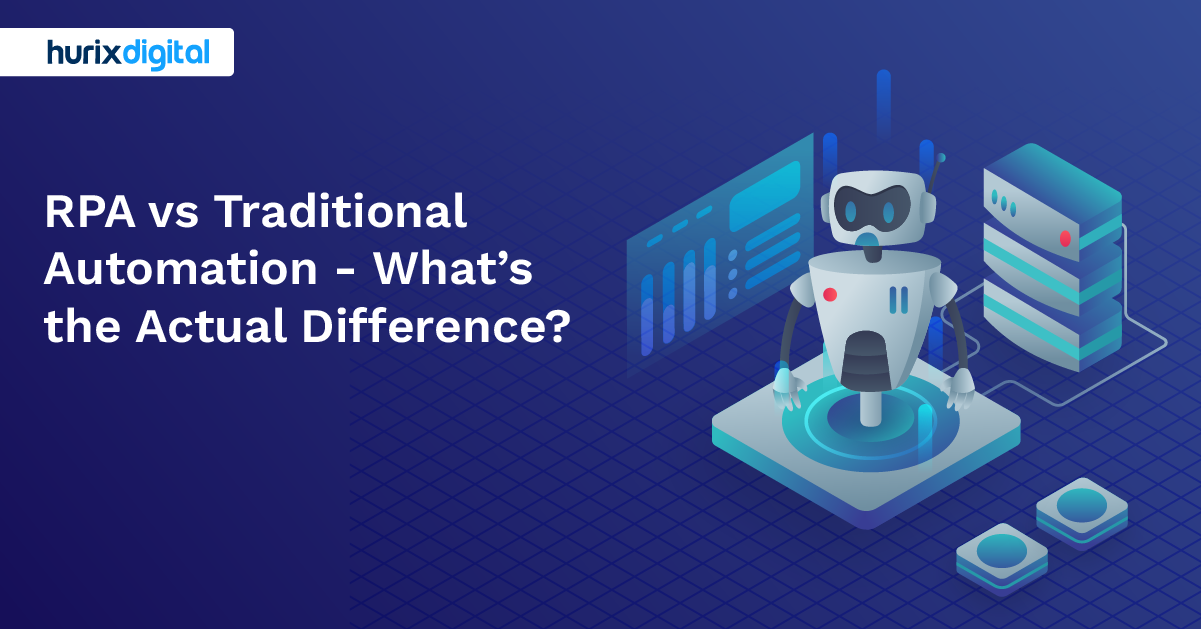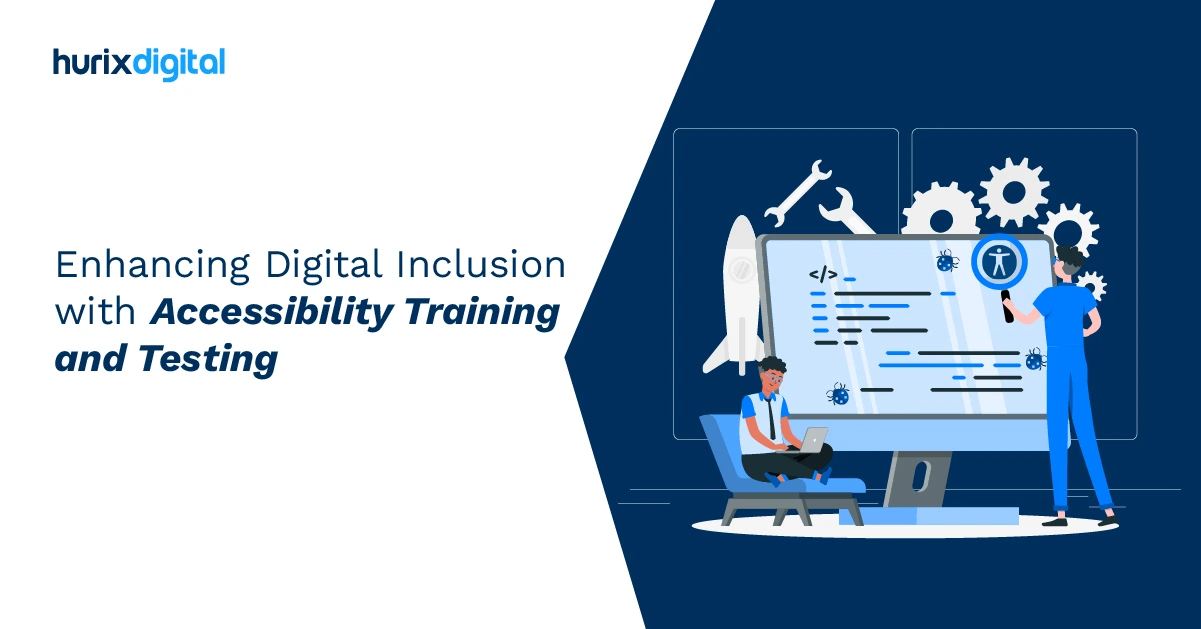
Digital Transformation – Make your Workforce Future Ready
Nowadays, especially after the pandemic, there is much buzz around Digital Transformation. Do you know what exactly it is? Or what is its significance, especially in the training and development industry? In this article, we will explore answers to some questions like these.
Table of Contents:
- What is Digital Transformation?
- How is Digital Transformation Related to Business Transformation?
- Why do Digital Transformations Fail?
- How to Increase the Productivity of Employees Using Digital Transformation?
- What are Some of the Important Digital Transformation Tools for Training and Development?
What is Digital Transformation?
Digital transformation is the use of technology (which may be of any sort) to help you improve your business by making your people and processes more productive, efficient, and effective.
The technology used for digital transformation in businesses can be in the form of:
- Enterprise Resource Planning (ERP) system (used to manage day-to-day business operations
- Customer Relationship Management (CRM) software (used to manage sales and interactions with existing and prospective customers)
- Financial and Accounting software
- Automation software (used to automate some manufacturing processes)
- Robotics, and so on
How is Digital Transformation Related to Business Transformation?
Although technology is a crucial driver for some of these transformations, digital transformation is more about business transformation as organizations are trying to:
- Improve efficiency
- Provide a better customer experience
- Ease the work of their employees, and so on
Why do Digital Transformations Fail?
Despite many promising technologies, organizations often struggle to achieve their goals related to digital transformations. This is because, although we have made significant advancements on the technology side over the last few decades, we still need to address the business transformation side.
When we neglect the business processes, the organization, and the people side, we neglect the complete digital transformation. Unless we address people and business in a way better than the technology (we have invested in), there are high chances of failure of the complete digital transformation exercise.
Hence, it is essential that companies invest enough in people and processes, and not just the underlying technology.
How to Increase the Productivity of Employees Using Digital Transformation?
To make the complete digital transformation a success at the organizational level, it’s necessary that organizations first make effective use of digital tools to increase the productivity of their employees. Some of the strategies that can be used for this purpose are listed below:
Let’s talk specifically about Digital transformation for Training and Development. Generally, online training programs are more flexible, accessible, and personalized than traditional classroom training. Digital tools can help companies to improve participants’ engagement, increase accessibility, and reduce costs.
What are Some of the Important Digital Transformation Tools for Training and Development?
There are many content digitalization tools available in the training and development industry; a brief list of some of them that stand out (though not in any specific order) is given below:
|
|
Microlearning:
|
|
Video Conferencing:
|
|
|
Mobile Learning:
|
|
Virtual and Augmented Reality:
|
|
|
Social Learning:
|
|
Learning Management System (LMS):
|
|
|
Personalization:
|
|
Analytics and Reporting:
|
|
|
Gamification:
|
|
AI and Machine Learning:
|








